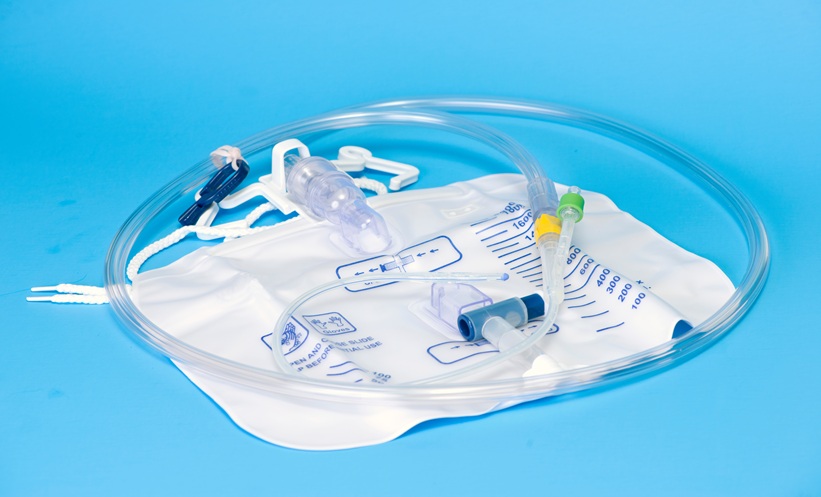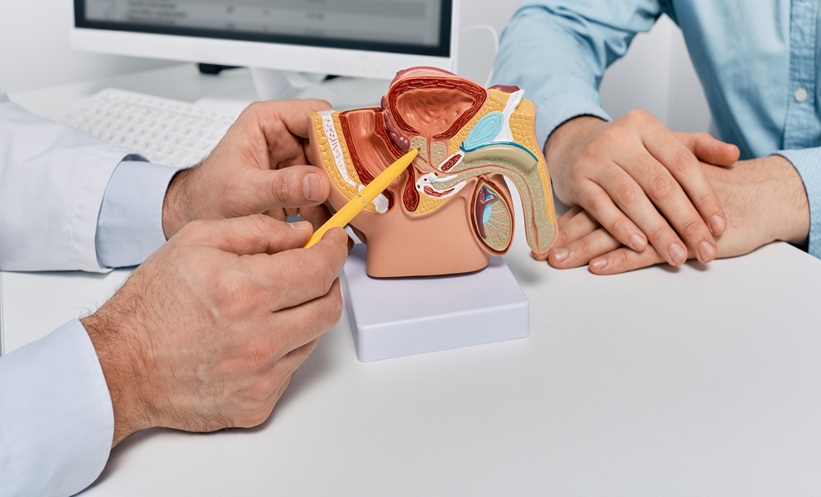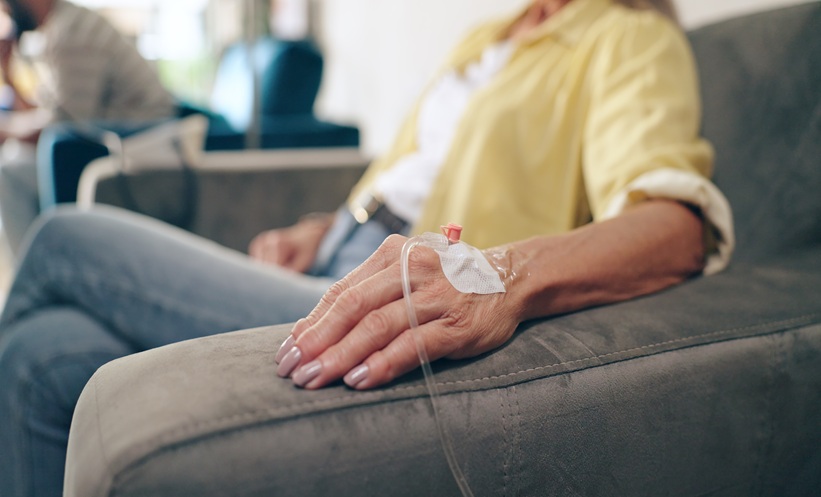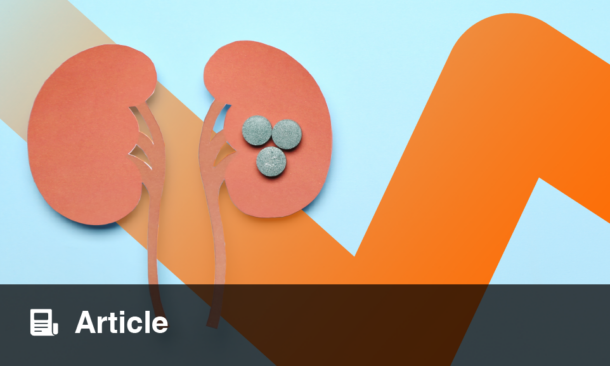FOLLOWING surgery under general anaesthesia, many patients require temporary urinary catheterisation for rest and accurate urine measurement. Those undergoing transurethral resection of bladder tumours (TURBT) need continuous bladder irrigation, which can lead to catheter-related bladder discomfort (CRBD). This condition, affecting 27–55% of patients, causes a burning sensation or an urgent need to void, significantly reducing postoperative comfort. CRBD is more common in younger males and TURBT patients, who often require additional analgesia.
CRBD results from involuntary bladder contractions due to muscarinic receptor activation caused by catheter irritation. Various treatments, including tramadol, anticholinergics, ketamine, and gabapentin, are used, but they have inconsistent efficacy and cause side effects such as drowsiness and nausea. Intravenous (IV) acetaminophen has been reported to reduce CRBD severity with fewer adverse effects. However, its effectiveness in TURBT patients has not been well studied.
A randomised pilot study investigated whether scheduled IV acetaminophen administration would offer longer-lasting relief than a single dose. Findings showed that while there was no significant difference in CRBD within the first four hours post-surgery, the scheduled administration group experienced greater relief at eight hours. At this point, the control group had a higher incidence of CRBD exacerbation (12.82% vs 0.00%). By 12 hours, both groups had similar CRBD levels, suggesting that additional doses may not be necessary beyond this point.
Lower abdominal pain was also assessed, with similar pain scores between groups. However, fewer patients in the scheduled administration group required additional analgesia at 4–8 and 8–12 hours postoperatively. This suggests that scheduled IV acetaminophen not only reduces CRBD but also prolongs the effects of other analgesics.
The study confirmed the safety of IV acetaminophen, with no significant perioperative complications. While limitations exist, such as the small sample size and lack of blinding, the findings indicate that scheduled IV acetaminophen may be particularly beneficial for younger males and patients with severe CRBD. Further research with placebo-controlled trials is needed to refine its use in TURBT recovery.
Reference
Hatayama T et al. Efficacy of scheduled intravenous acetaminophen administration for catheter-related bladder discomfort in patients after transurethral resection of bladder tumors: a prospective randomized pilot study. Investig Clin Urol. 2025;66(2):144-51.








